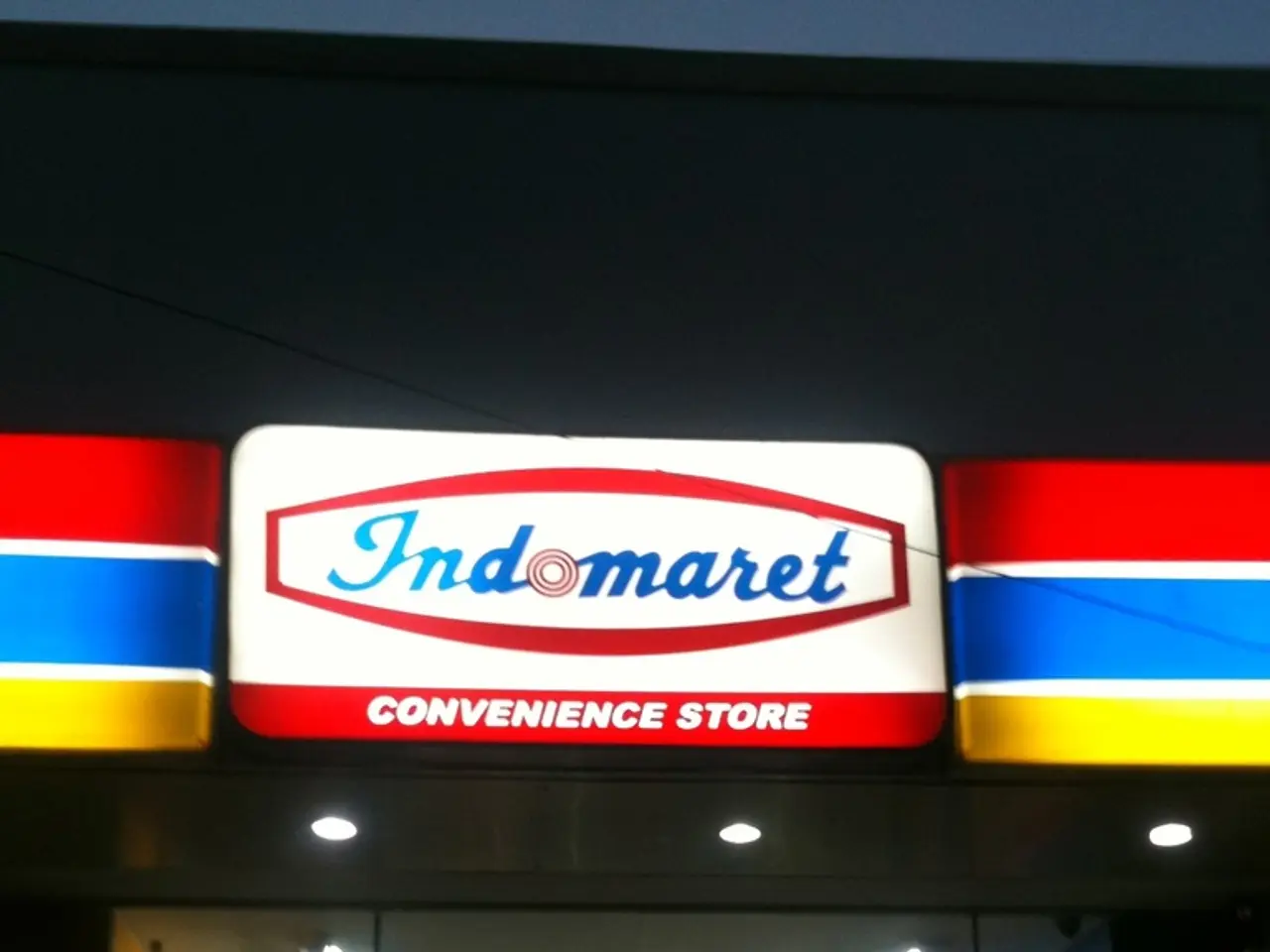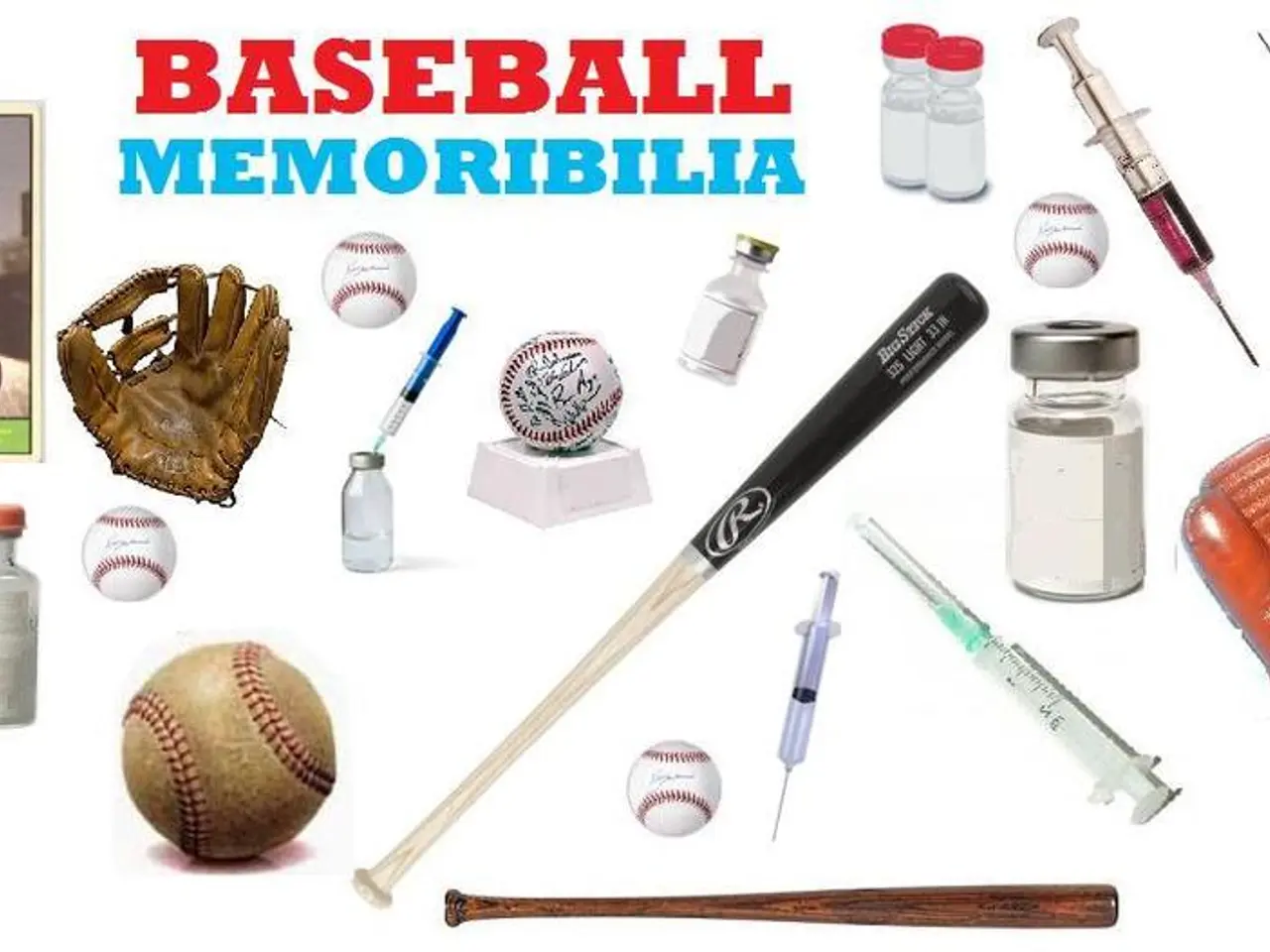Medicare's Generic Medications Tier: Part D, Prescription Lists, and Additional Details
In the world of Medicare Part D, understanding how medications are assigned to different tiers can help individuals make informed decisions about their healthcare. The placement of a medication into a specific tier in a Medicare Part D formulary is primarily determined by a combination of factors related to the cost, safety, effectiveness, and classification of the medication.
Cost is a major factor in determining medication tiers. Lower-cost drugs, such as preferred generics, are placed in lower tiers with lower copayments, while higher-cost drugs, including specialty medications, are placed in higher tiers with higher cost sharing. Safety and effectiveness also influence tier placement. Drugs considered safer or more effective may be preferred and placed in lower tiers, while medications with potential safety concerns or those less preferred clinically may be assigned to higher tiers.
Drug classification by the FDA or recognized medication databases (e.g., Medi-Span) impacts tier placement. For example, whether the drug is a generic, brand-name (preferred or non-preferred), specialty medication, or newly approved can dictate its tier. The availability of alternatives, such as generic equivalents or lower-cost therapeutic alternatives, can result in a brand-name drug being placed in a higher tier to encourage use of more cost-effective options.
Some formularies also consider the condition treated and focus on chronic diseases for preferred generic tiers, as seen in the inclusion of drugs for diabetes, hypertension, or high cholesterol in lower tiers to promote accessibility.
In certain situations, individuals may encounter a situation where they are unable to take a generic version of a medication. In such cases, a Tier exception can be requested from the plan provider. Similarly, if a prescribed drug is not included on the plan's formulary at all, a Formulary exception can be filed. In both cases, the prescribing doctor or another healthcare professional must provide a supporting statement for the exception, plus further information the plan provider may require.
It's important to note that individuals cannot have a Medicare Advantage plan with drug coverage and a stand-alone PDP at the same time. To qualify for Extra Help, a person must be enrolled in a Medicare plan, live in one of the 50 states or the District of Columbia, and have limited resources or income.
Medicare's Plan Finder tool allows people to find and compare plans in their area. Individuals become eligible for a PDP when they first join Medicare. Each private insurer can organize its tiers differently, but generally, drugs at the lowest tier will cost less than drugs at the highest. After the patent for a drug expires, other companies can manufacture generic versions of it, which can lead to lower costs and potential placement in lower tiers.
In 2025, the coverage gap, previously known as the "donut hole," no longer exists. Instead, people with Part D plans have an annual out-of-pocket spending limit of $2,000. Each Medicare Part D plan, also known as a prescription drug plan (PDP), has a list of covered medications known as a formulary.
Insurers may organize their plans differently, with different cost structures. The out-of-pocket cost for a person includes deductibles, coinsurance, copayments, and premiums. A premium is the amount of money someone pays each month for Medicare coverage. It's crucial to consider these costs when choosing a Medicare Part D plan.
In conclusion, medications are assigned to tiers through an evaluation of their cost relative to other therapies, clinical effectiveness, safety profile, FDA classification, and the availability of lower-cost alternatives, all designed to balance cost management and patient access within Medicare Part D plans.
Health organizations often consider the cost of medications when assigning them to different tiers in Medicare Part D formularies. Lower-cost drugs like preferred generics are typically placed in lower tiers with lower copayments, while higher-cost drugs, such as specialty medications, are often found in higher tiers with higher cost-sharing.
Safety and effectiveness also play a role in tier placement. Medications considered safer or more effective may be preferred and placed in lower tiers, while those with potential safety concerns or less preferred clinical profiles could be assigned to higher tiers.
Drug classification by the FDA or recognized medication databases influences tier placement. For instance, generics, brand-name (preferred or non-preferred), specialty medications, or newly approved drugs can dictate their tier.
Some health providers encourage the use of generic versions of medications where possible, as this can lead to lower costs and potential placement in lower tiers. However, in situations where individuals are unable to take a generic version, a Tier exception can be requested from the plan provider.
Individuals must be enrolled in a Medicare plan and live in one of the 50 states or District of Columbia to qualify for Extra Help, which assists with Medicare costs. The Plan Finder tool can help people find and compare plans in their area, and individuals become eligible for a PDP when they first join Medicare.
In the world of Medicare Part D, it's crucial to consider the costs associated with a plan, including deductibles, coinsurance, copayments, and premiums, when making an informed decision about personal-finance and health-and-wellness. Balancing cost management and patient access is a key consideration in the science of medication tier placement within Medicare Part D plans.




